OptiLight IPL
OptiLight IPL is used to treat dry eye disease caused by meibomian gland dysfunction (MGD). MGD is a condition that is notoriously difficult to manage.
Eyre Eye Centre is the first optometry practice in South Australia to offer OptiLight treatment - and we are very excited about it!
What is OptiLight?
IPL stands for Intense Pulsed Light. OptiLight is the “next generation” IPL. It is the first and only IPL that is FDA approved for dry eye management.
OptiLight uses precise, intense broad-spectrum light (not laser) to address inflammation – one of the key underlying factors in dry eye disease caused by MGD. OptiLight was specifically developed to reach the delicate contours of the treated area safely, effectively, and gently.
How does IPL treatment work?
IPL emits a broad, continuous spectrum of light in the range of 515-1200nm, with the ability to apply filters to target specific chromophores (i.e. melanin and haemoglobin).
IPL breaks the vicious cycle of inflammation:
Alleviates the abnormal blood vessels that are perpetuating the inflammation
Decreases the level of pro inflammatory mediators and inhibits the progression of the inflammation
Reduces the osmolarity of the tear film to normal levels
Decreases Demodex mites that are stimulating infection and reduces bacterial load
Restores the Meibomian gland’s morphology and functionality
What is involved in the treatment?
An initial consultation is required before OptiLight IPL treatment to confirm the diagnosis of MGD, to check for other ocular disease, and to gather baseline data about how your eyes are functioning. Some patients may be unsuitable for OptiLight IPL treatment due to skin type, general health conditions or medications, so it’s important to consult your optometrist first.
Four to five IPL treatments are recommended to best manage your MGD. These are performed between 2-4 weeks apart. Each treatment takes about 15 minutes. Your optometrist will apply protective shields over your eyes and clear gel on the skin below the eye. A series of flashes are applied on the upper cheek area, under the lower eyelid, and sometimes the upper eyelid depending on the severity of your condition. The IPL device generates a painless polychromatic pulsed light, so no needles or injections are required.
What can I expect?
The IPL stimulation prompts the meibomian glands to return to normal function within a few hours following the treatment. The effect is cumulative, so the improvement will last longer after each additional session.
Marked improvement in symptoms and reduced need for eye drops is generally noticed after three treatments. A repeat treatment course may be required at a later time if your symptoms return despite ongoing management with other MGD treatments.



